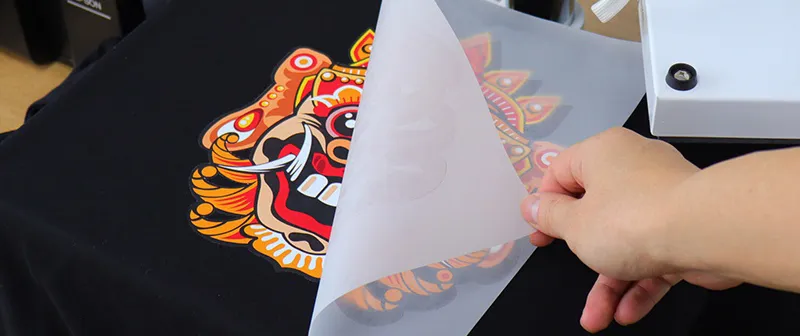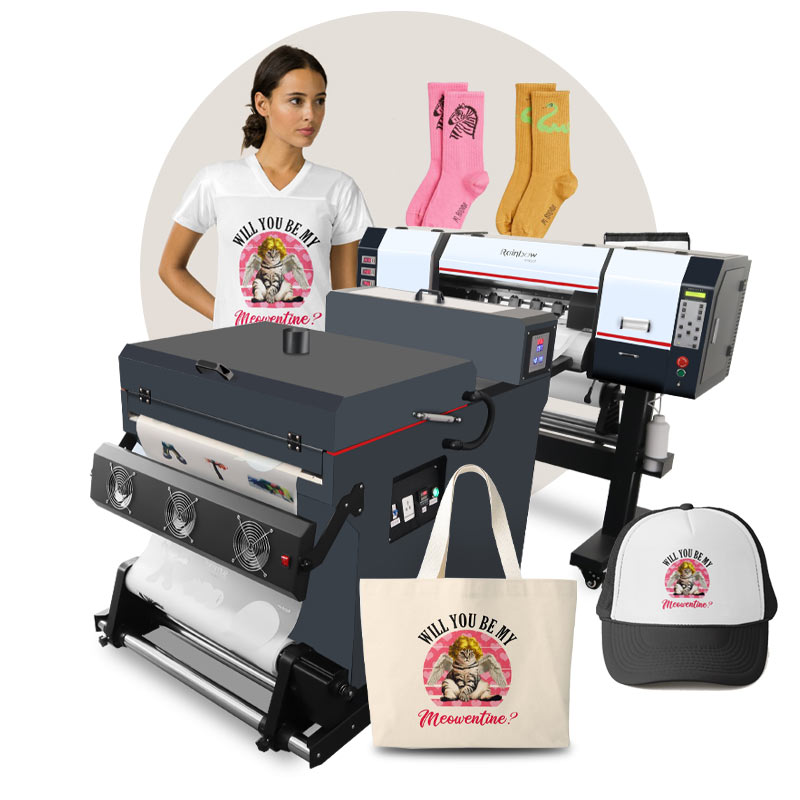Mastering DTF Printing: Advice for Getting Vibrant and Resilient Prints
In the world of textile printing, achieving resilient and dynamic prints is a desirable ability that can boost the top quality of your result. From selecting the right materials to fine-tuning print setups and developing post-printing ending up strategies, there are countless variables that can affect the end result of your prints.

DTF Printing Basics
For those new to the world of fabric printing, recognizing the principles of DTF printing is necessary to mastering this innovative strategy. Straight to Film (DTF) printing is a modern approach that includes transferring designs from an unique film onto various fabrics utilizing a heat press. Unlike traditional approaches like screen printing, DTF offers advantages such as vivid shades, intricate describing, and the capability to print on varied materials like cotton, polyester, and blends.
The procedure starts by publishing the style on a special DTF film utilizing a compatible printer with CMYK or CMYKW ink collections. When the layout is printed, it is after that treated with a heat press to develop a resilient and long-lasting print. DTF printing is known for its capability to reproduce intricate designs with high accuracy and color accuracy, making it a popular selection for services looking to produce custom clothing, advertising products, and extra.
Choosing the Right Products

The adhesive powder acts as a bonding representative between the printed design and the textile, so it has to have strong adhesion properties to make certain a sturdy and resilient transfer. By carefully picking the ideal materials for DTF printing, printers can boost the high quality, vibrancy, and long life of their prints.
Enhancing Print Setups
When aiming to achieve the most effective cause DTF printing, precise focus to enhancing print setups is vital for guaranteeing specific and top quality transfers onto textiles. When maximizing print settings is the resolution, one key facet to consider. Greater resolutions typically lead to sharper and extra comprehensive prints, boosting the overall high quality of the transfer. In addition, adjusting the ink density can assist achieve dynamic shades and ensure that the design stands apart on the textile.
While raising the rate can enhance effectiveness, it may compromise the final print's quality and shade saturation. Exploring with different speeds and observing the results can aid establish the ideal setting for each print job.
Furthermore, fine-tuning color profiles and guaranteeing proper shade administration are necessary for accomplishing precise and consistent shades across different prints. By adjusting shade settings and accounts, printers can lessen color inconsistencies and produce uniform outcomes, enhancing the total print high quality and customer satisfaction.
Preparing Art Work for DTF Printing
Convert the art work to CMYK shade setting to ensure that the colors convert accurately from screen to print. Keep in More about the author mind to mirror the last layout prior to printing to guarantee that it transfers properly onto the garment. By following these steps and paying close interest to the information, you can prepare art work that is optimized for resilient and dynamic DTF prints.
Post-Printing Finishing Methods
Carrying out effective post-printing finishing methods is important to boosting the durability and visual appeal of DTF prints on textiles. As soon as the printing process is total, applying warm to the printed design is vital (DTF Printing). Warm not only aids in curing the ink but also ensures that the shades are durable and lively. A warmth press maker evaluated the recommended temperature level and stress settings can help attain optimum outcomes.
When the film is removed, the print may need added healing time to additionally set the ink right into the material. This action assists enhance the washability and resilience of investigate this site the print, guaranteeing it can hold up against multiple wash cycles without fading or cracking.
Additionally, cutting any kind of excess film around the style can give the final print a tidy and specialist look. Making the effort to properly complete DTF prints post-printing can substantially impact the total quality and long life of the textile design.

Conclusion
To conclude, understanding DTF printing needs a detailed read more understanding of the fundamentals, picking proper materials, optimizing print settings, preparing art work successfully, and utilizing post-printing completing techniques. By following these tips and techniques, one can attain vibrant and sturdy prints that fulfill their preferred top quality standards. Consistent practice and interest to information are crucial in achieving successful outcomes in DTF printing.
From selecting the right products to fine-tuning print setups and refining post-printing finishing strategies, there are numerous factors that can influence the outcome of your prints. Unlike traditional approaches like display printing, DTF supplies advantages such as vibrant shades, complex outlining, and the ability to publish on diverse materials like cotton, polyester, and blends.
As soon as the style is printed, it is after that treated with a heat press to produce a resilient and resilient print.When aiming to attain the finest results in DTF printing, meticulous focus to enhancing print setups is critical for ensuring top notch and exact transfers onto textiles.In verdict, grasping DTF printing requires a complete understanding of the basics, picking proper materials, maximizing print settings, preparing art work efficiently, and utilizing post-printing completing techniques.
Comments on “DTF Printing Demystified: Whatever You Required to Understand About Direct-to-Film”